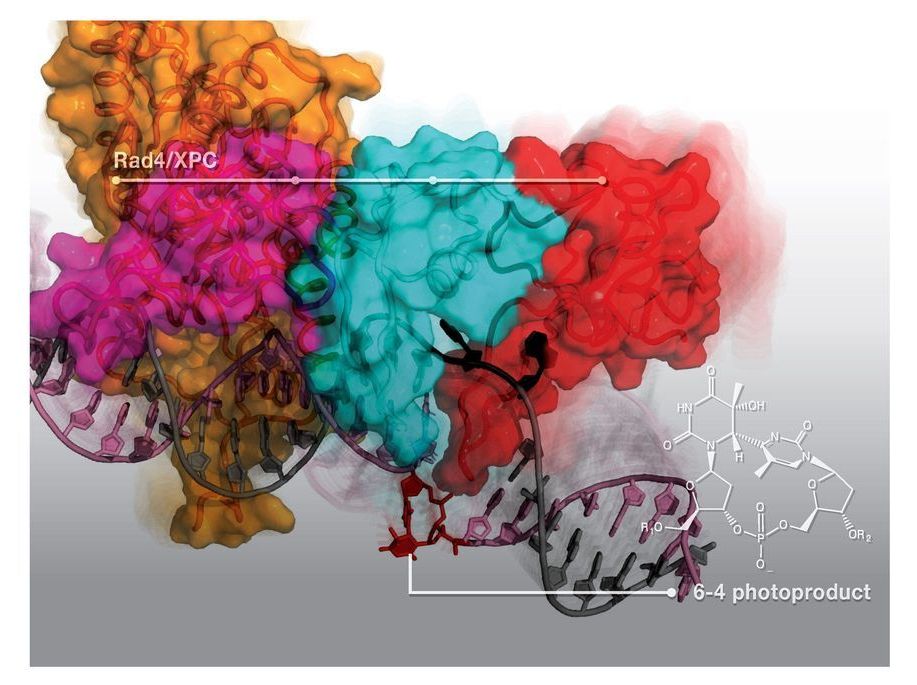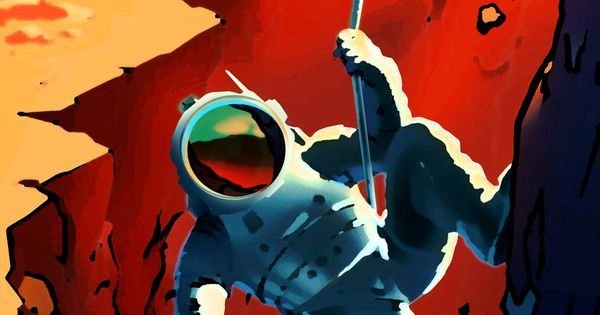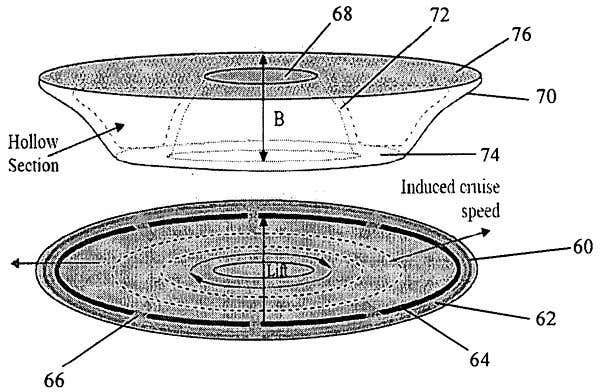CRISPR-Cas9 shows incredible promise, but the long term effects of cutting DNA in living organisms isn’t known. Now scientists from the Salk Institute have modified it to work without cutting, switching targeted genes on and off instead, and used it to treat diabetes and muscular dystrophy in mice.
Category: innovation – Page 204

Study gives insight into sun-induced DNA damage and cell repair
A team led by a Baylor University researcher has published a breakthrough article that provides a better understanding of the dynamic process by which sunlight-induced DNA damage is recognized by the molecular repair machinery in cells as needing repair.
Ultraviolet light from the sun is a ubiquitous carcinogen that can inflict structural damage to the cellular DNAs DNA carries important blueprints for cellular functions, failure in removing and restoring damaged parts of DNA in a timely fashion can have detrimental outcomes and lead to skin cancers in humans, said lead author Jung-Hyun Min, Ph.D., associate professor of chemistry and biochemistry in Baylor’s College of Arts & Sciences.
Min and her team showed how the repair protein Rad4/XPC would bind to one such UV-induced DNA damage—6–4 photoproduct—to mark the damaged site along the DNA in preparation for the rest of the nucleotide excision repair (NER) process in cells.


Google DeepMind publishes breakthrough Artificial General Intelligence architecture
On January 20th Google’s DeepMind division, the division behind a myriad of artificial intelligence (AI) firsts, quietly submitted a paper on Arxiv entitled “PathNet: Evolution Channels Gradient Descent in Super Neural Networks” that mostly went unnoticed.

Invention: Plasma-powered flying saucer
By Justin MullinsPass a current or magnetic field through a conducting fluid and it will generate a force. Numerous aerospace engineers have tried and failed to exploit this phenomenon, known as magnetohydrodynamics, as an exotic form of propulsion for aircraft. But perhaps attempts so far have all been too big.
A very small design could have a better chance of taking off, says Subrata Roy, an aerospace engineer at the University of Florida, Gainesville, US.
With a span of less than 15 centimetres, his aircraft qualifies as a micro air vehicle (MAV), but it has an unconventional design to say the least. It is a saucer shape covered with electrodes that ionise air to create a plasma. This plasma is then accelerated by an electric field to push air around and generate lift.

Pillars of light appear in Sulu skies
“Pillars of light” appeared again in the province of Sulu this year, and were captured in several photos shared by netizens. Current latest trending Philippine headlines on science, technology breakthroughs, hardware devices, geeks, gaming, web/desktop applications, mobile apps, social media buzz and gadget reviews.
4 Countries With Innovative Plans to go Zero Carbon
Planet-saving projects.
📕

Neuromorphic computing finds new life in machine learning
Neuromorphic computing has had little practical success in building machines that can tackle standard tests such as logistic regression or image recognition. But work by prominent researchers is combining the best of machine learning with simulated networks of spiking neurons, bringing new hope for neuromorphic breakthroughs.


Astronomers Just Pinpointed The Origin of a Single Fast Radio Burst For The First Time
Every now and again, our radio telescopes capture a mystery. A single flash, as powerful in radio wavelengths as half-a-billion Suns, condensed into a burst that lasts just a few milliseconds at most. Now, for the very first time, astrophysicists have traced one of these one-off fast radio bursts (FRBs) to its source.
“This is the big breakthrough that the field has been waiting for since astronomers discovered fast radio bursts in 2007,” said astro-engineer Keith Bannister of Australia’s Commonwealth Scientific and Industrial Research Organisation (CSIRO).
The signal has been named FRB 180924 — they’re named for the date of detection — and it originated in the outskirts of a Milky Way-sized galaxy roughly 3.6 billion light-years from Earth.